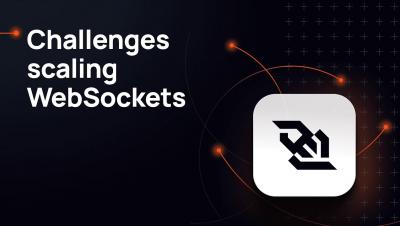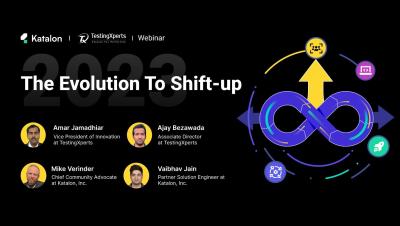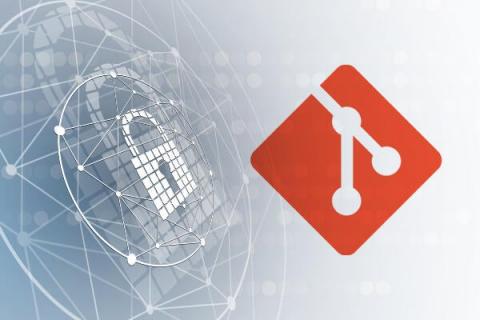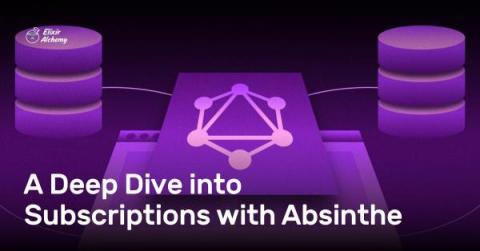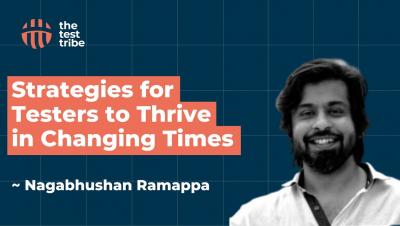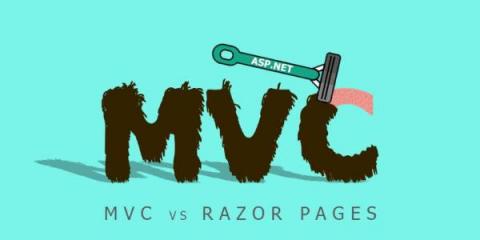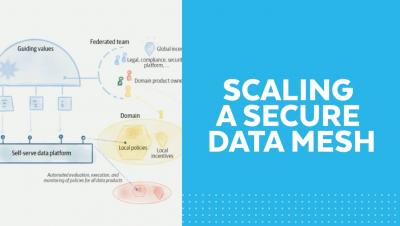Systems | Development | Analytics | API | Testing
%term
Unlocking the Power of Programmable Data Planes in Kubernetes with eBPF #WordsUnplugged
[Webinar] The Evolution to Shift-Up and AI-Driven Testing 2023
Is GitHub Safe?
A Deep Dive into Subscriptions with Absinthe
In this series, we've seen how to create GraphQL APIs in Elixir using Absinthe. So far, we have only discussed a one-way communication channel where the client makes the queries or mutations, and the server responds. GraphQL also supports a long-running subscription between the client and the server where the server can notify the client of events. This can be very useful in multi-user scenarios where many users might interact with the same resource at the same time.
Snowflake Summit 2023 Keynote: Generative AI's Impact on Data Innovation in the Enterprise
Future-Proof Your Tester Career in a Changing Economy | Nagabhushan Ramappa | #softwaretesting
How to Choose the Right API Gateway for Your Business
Modern organizations rely on APIs to power their digital customer experiences. This can lead to stronger brand loyalty and higher revenues — if they play their cards right. The driving factor in delivering personalized content is connectivity to more applications, systems, and data sources. That takes APIs.
ASP.NET Razor Pages vs MVC: How Do Razor Pages Fit in Your Toolbox?
As part of the release of.NET Core 2.0, there are also some updates to ASP.NET. Among these is the addition of a new web framework for creating a “page” without the full complexity of ASP.NET MVC. New Razor Pages are a slimmer version of the MVC framework and, in some ways, an evolution of the old “.aspx” WebForms. In this article, we are going to delve into some of the finer points of using ASP.NET Razor Pages versus MVC.


